Hyundai reveals high-tech interior of the China-only Elexio SUV
After an initial reveal at the Shanghai Auto Show, the Beijing Hyundai has now pulled back the curtain on the Elexio's interior. Its launch is just around the corner, planned for the third quarter of this year. The Elexio represents a big change for Hyundai, now leveraging local development and supply chains to find its footing in the world's largest market for EVs.
Stepping inside the Elexio, the centerpiece is undoubtedly the massive 27-inch dual-screen display that stretches across the dashboard. With a crisp 4K resolution and a brightness of 1000 cd/m², this screen is designed to be the command center for both infotainment and driving information.
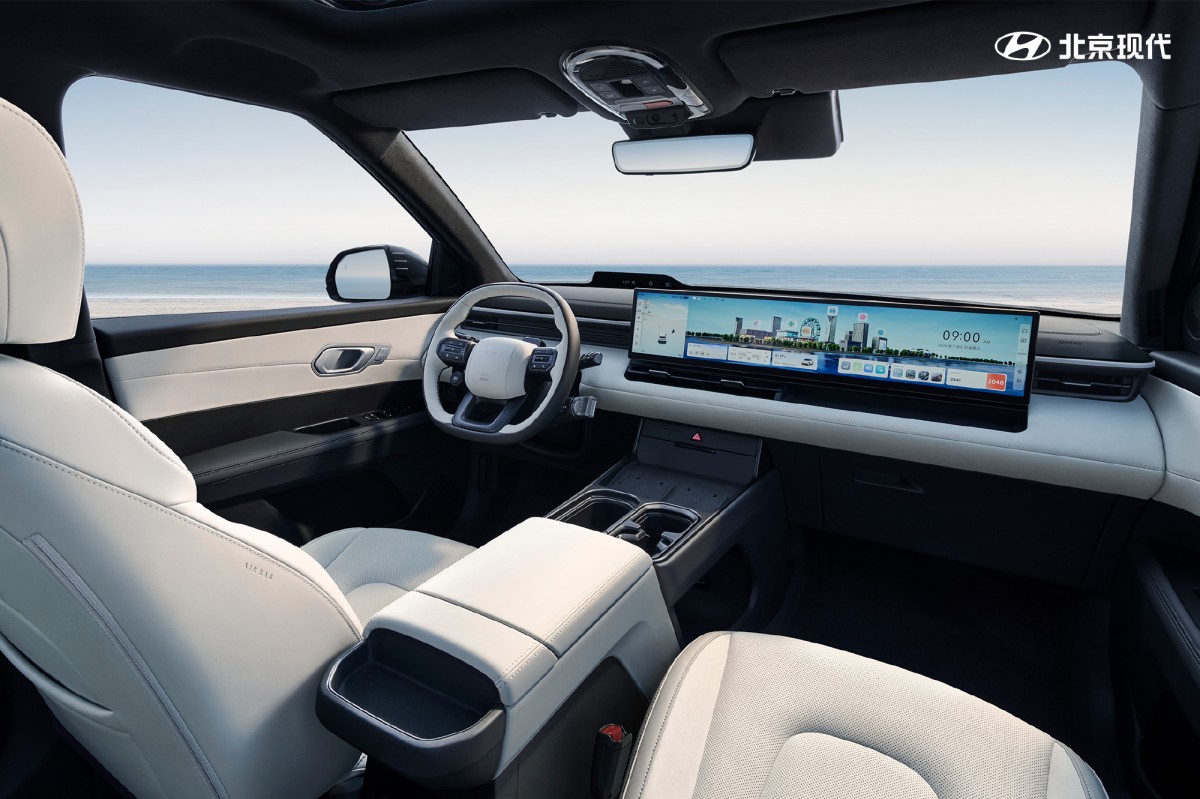
The driver interacts with the vehicle through a modern steering wheel with paddle shifters. These paddles aren't for changing gears in the traditional sense but for adjusting the four levels of regenerative braking, which captures energy to recharge the battery. They also allow the driver to activate a one-pedal driving mode.
Beyond the flashy screen, Beijing Hyundai focused on practicality. The center console gets two wireless charging pads, allowing both the driver and the front passenger to charge their phones at the same time. For those who still carry more than just a smartphone, the Elexio offers an impressive 29 different storage compartments.
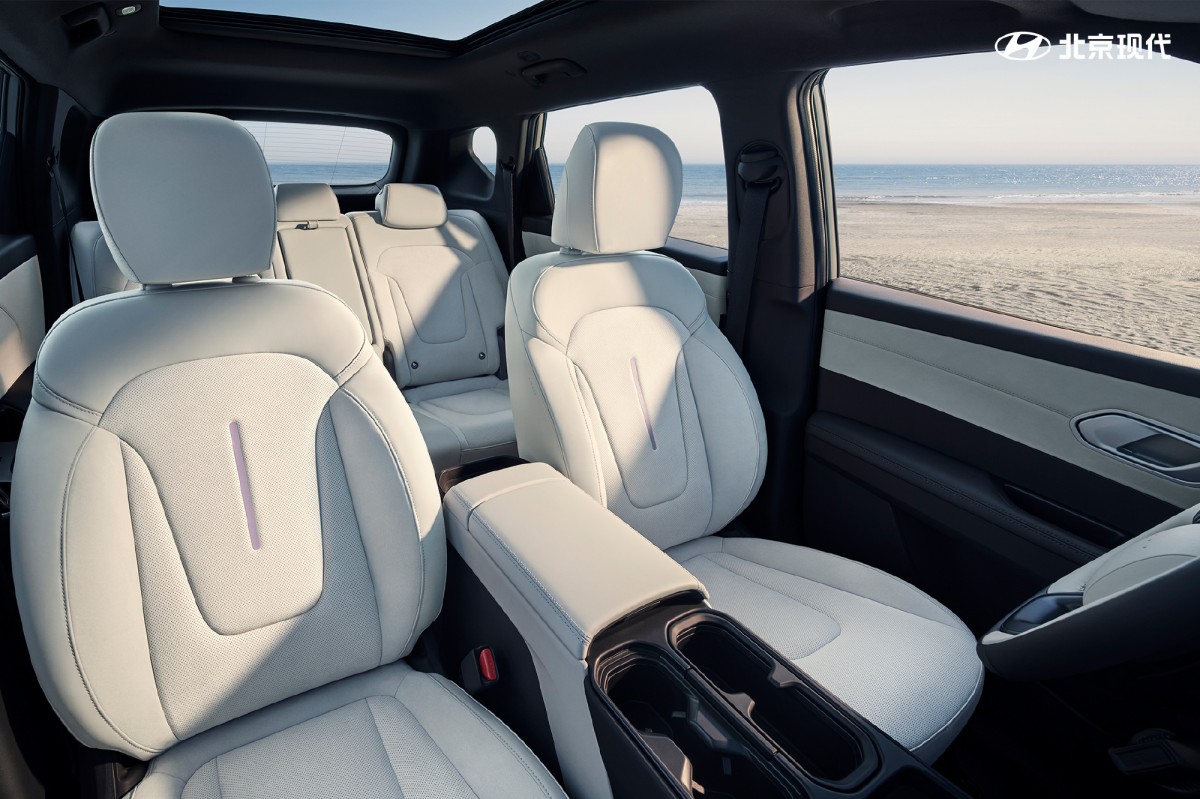
Among these are a sliding privacy box to keep valuables out of sight and cleverly designed dual-way expandable cup holders, proving that even the simplest features can be re-engineered. This focus on storage and convenience suggests Hyundai has been paying close attention to what Chinese families look for in a daily driver.
Underpinning the Elexio is Hyundai's Electric Global Modular Platform (E-GMP), the same architecture used by successful EVs like the Ioniq 5. The SUV will be offered in two configurations. The standard front-wheel-drive (FWD) model comes with a single electric motor producing 160 kW.
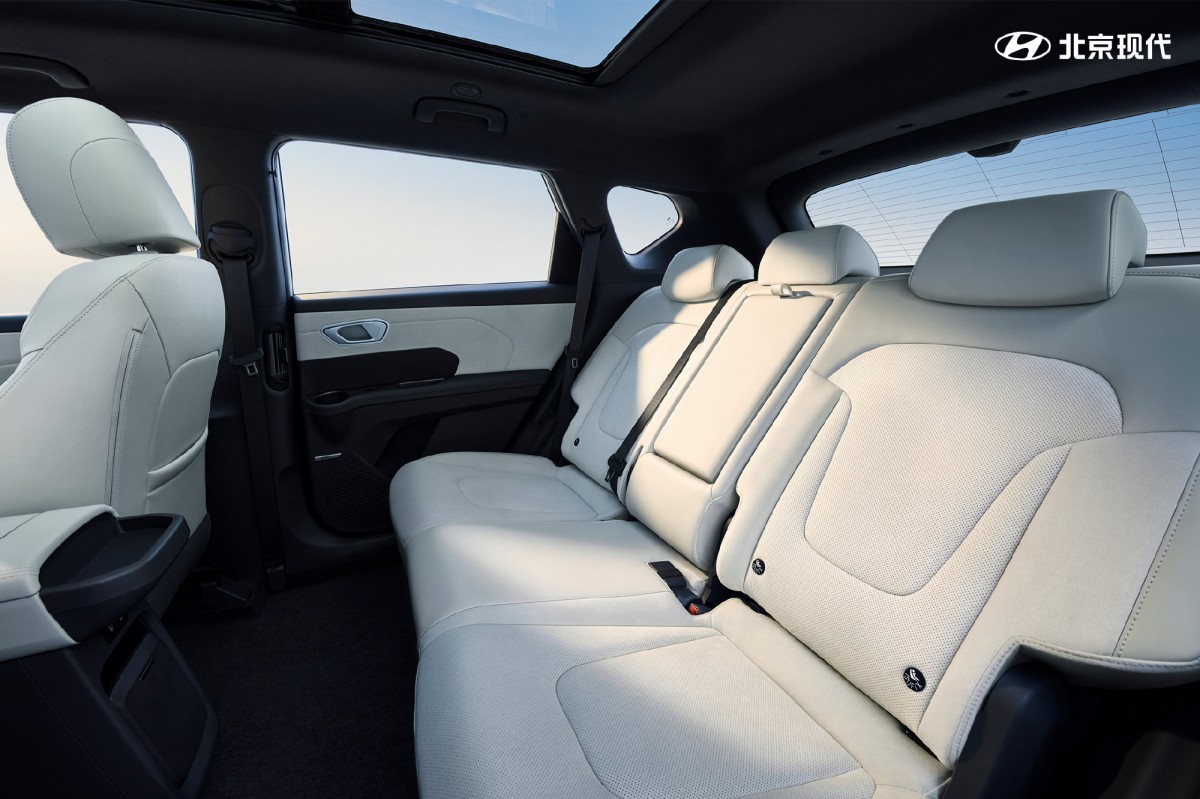
For more power and all-weather capability, an all-wheel-drive version adds a 73 kW motor to the rear axle, delivering a combined system output of 233 kW, or about 312 horsepower. Regardless of the choice, both versions of this electric car will have their top speed electronically limited to 115 mph.
The Elexio will use a lithium-iron-phosphate (LFP) battery pack supplied by FinDreams, a subsidiary of BYD. BYD is a dominant force in the EV battery world, and using their technology could give Elexio a competitive edge in both cost and reliability. Hyundai estimates the Elexio will achieve a driving range of up to 435 miles based on China's CLTC testing cycle.
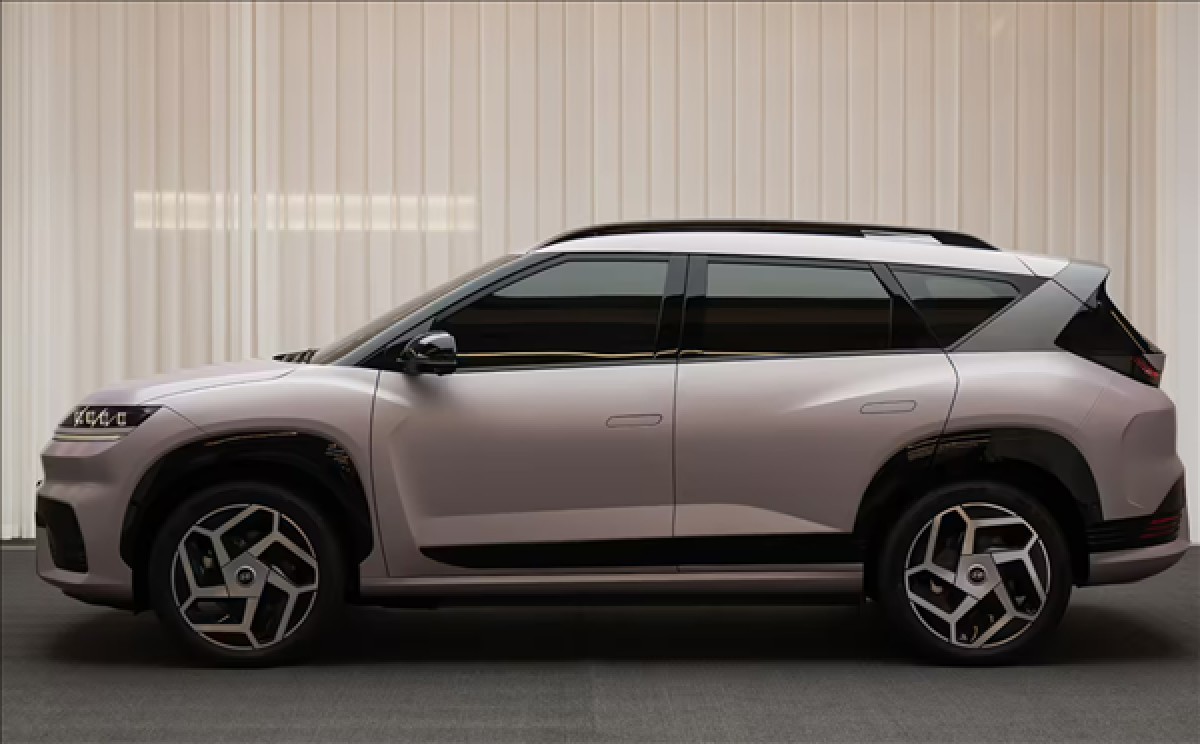
The launch of the Elexio is a test of survival and relevance for Hyundai's joint venture in China. By integrating a local Chinese development team and leaning on a domestic supply chain, Beijing Hyundai is attempting to build an electric car that is not just sold in China, but made for China. However, with a market full of sophisticated and aggressively priced domestic EVs, the Elexio will need to prove its core strengths to win over Chinese buyers.
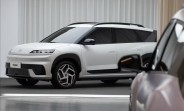




Facebook
Twitter
Instagram
RSS
Settings
Log in I forgot my password Sign up